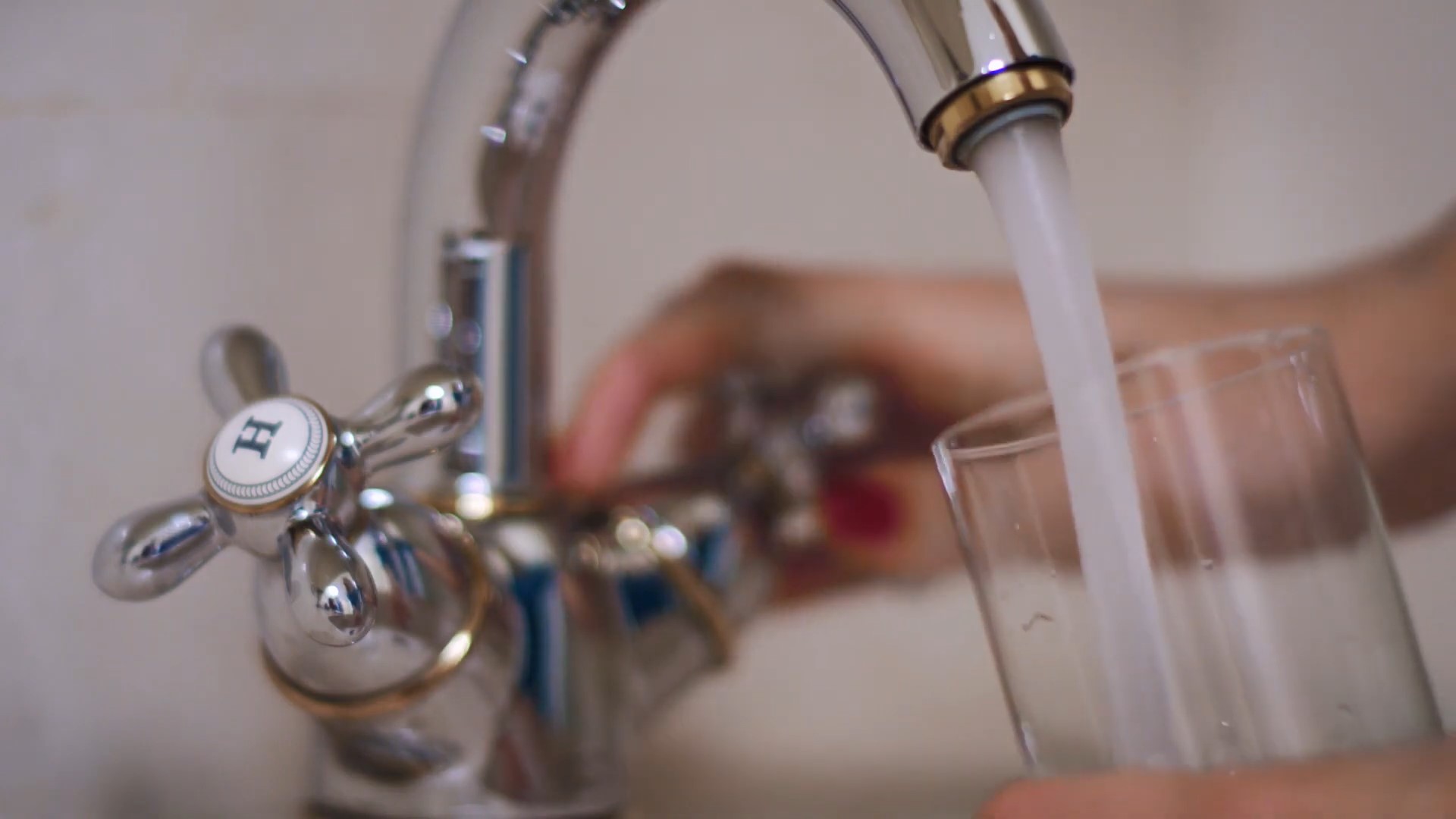
By Timberly Ferree, Indiana Environmental Reporter
Complaints of bad tasting and foul-smelling water in and around Bloomington have been reported since earlier this month, but officials say the water is safe to drink.
“It’s a system-wide issue that has affected [Bloomington], IU and rural customers,” Holly McLauchlin, communications manager at City of Bloomington Utilities, told Indiana Environmental Reporter.
The water quality team began investigating the issue in early September and since then has received around 200 complaints.
“We started getting complaints Sept. 10. At the time it was a handful of them, and that’s not completely unusual. We’ve not gotten a lot of complaints in the past, but this time of year is not uncommon to receive them,” McLauchlin said.
Initially, the water quality team began investigating the complaints one at a time.
“However more calls came in and we realized it’s a system-wide issue,” she added.
Since then, the team has tested the water multiple times a day and continues to flush lines.
Test results have found two organic chemicals present in the water. These compounds, Geosmin and Methyl-Isoborneol, are difficult to filter out, but not unsafe, she explained. One possible cause for the ongoing issues is the recent dry and warm weather, which can cause an increase in these organic compounds produced by higher levels of algae.
According to a press release, CBU’s treatment system can remove algae, but the taste and odor it produces sometimes continue after treatment. The algae can affect the appeal of the drinking water, but it’s not a health concern.
“This is not unique to Lake Monroe. This is a concern that a lot of scientists have, and it’s also linked to climate change,” Maggie Sullivan, Friends of Lake Monroe watershed coordinator, told Indiana Environmental Reporter. “Indiana weather is changing, and we’re having dryer summers and more rain in the winter.”
She also said that runoff from farms and homes in the watershed can be linked to the current water quality issue.
“Runoff from pet and farm manure, fertilizer from golf courses or lawns, and leaky septic systems often have nutrients in them,” Sullivan explained. “When these nutrient levels are high in the lake, we’re more likely to see algae blooms which also affect the quality of the water’s taste and smell.”
There’s a lot of unknowns when it comes to algae blooms. They are hard to predict, she added.
“We’re currently working on a watershed management plan, and we have a list of strategies to minimize manure, pet waste and run-off from golf courses and lawns,” Sullivan said. “The big takeaway is, what happens in the watershed impacts the quality of the water in the lake. It’s all connected.”
To continue combating the issue, CBU’s water quality teams have been adding more powdered-activated carbon and continue to flush lines and taste the water.
McLauchlin, who is also a CBU water customer, added that chilling the water has somewhat improved its taste.
“Even though the water tastes like dirt or moldy, it is safe to drink. It’s unpleasant, but not unhealthy.”
CBU has 27,000 water connections and around 100,000 customers.
Also read the article here at the Indiana Environmental Reporter website.
Catch more news on Great Lakes Now:
Michigan sending water, filters to Benton Harbor due to lead
Community Assistance: Report finds disparities in drinking water fund distribution
Featured image: Filling glass with water from faucet (Great Lakes Now Episode 1025)




